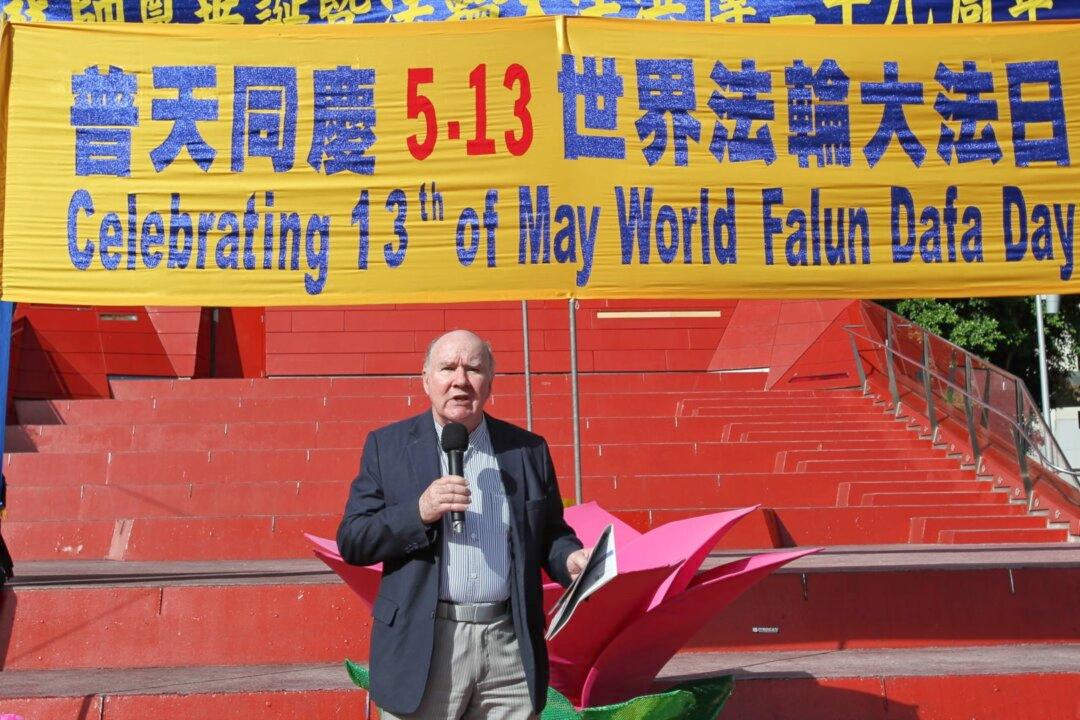All Australian states and territories have begun to lift pandemic restrictions, allowing businesses to begin operating as close to normal once again, and family and friends to socialise outdoors once more.
In addition to this, so far one million Australians have been tested for the CCP virus, and the number of positive results is low compared to other developed nations.





